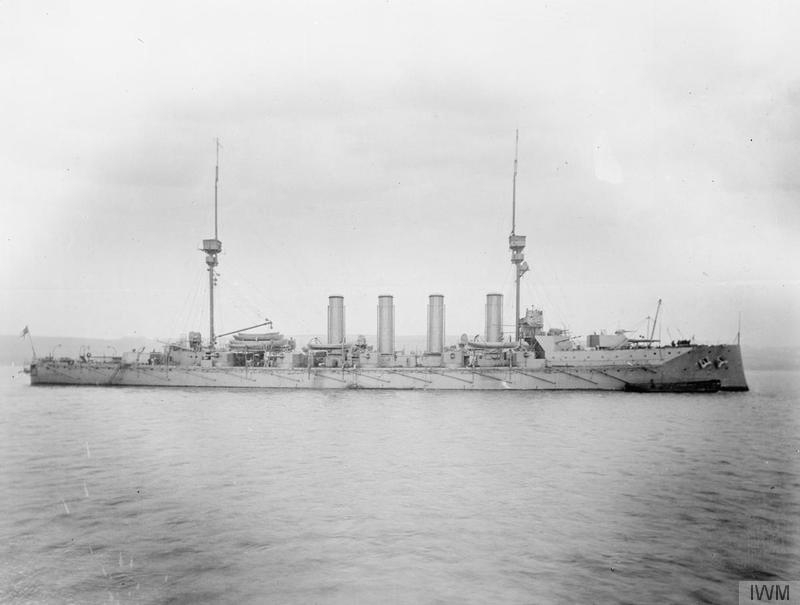Warships destroyed during the Battle of Jutland in 1916 have been scanned with the latest technology by Britain’s Royal Navy ahead of next year’s centenary.
The three-dimensional images reveal the wrecks of some of the 25 ships which were lost in the biggest sea battle of the First World War between Britain and Germany.
They include the twisted remains of the battle-cruiser, HMS Invincible, sunk with the loss of more than 1,000 lives on May 31st 1916.
The Royal Navy survey ship, HMS Echo, has spent a week scouring the bed of the North Sea with sonar. Next year’s Jutland Centenary will form the focal point of the Royal Navy’s Great War commemorations.
Nick Hewitt, a historian with the National Museum of the Royal Navy, says the images have helped to “build a picture of one of the greatest naval battles in history”.
“The condition of the wrecks varies enormously. Some have suffered badly from post-war attempts to salvage them, but others are astonishingly intact,” he said.
The scans shed new light on the fate of the cruiser HMS Defence, which lies about 12 miles (19 kms) from the wreck of HMS Invincible.
 HMS Defence in 1913 (Photo ©IWM Q42620)
HMS Defence in 1913 (Photo ©IWM Q42620)
Historian Nick Hewitt explained: “HMS Defence in particular was ‘reduced to atoms’ according to one contemporary account, but the wreck was complete, upright and immediately recognisable by the distinctive profile of her secondary armament, still trained outboard towards her foes a century after the battle.”
During the Battle of Jutland, 250 warships from British and German navies clashed off the coast of Denmark from the afternoon of May 31st 1916 until the small hours of the following morning.
When it was over, 25 ships were at the bottom of the North Sea and more than 8,500 men were dead, three quarters of them British.
HMS Echo visited 21 of the 25 sites where the wrecks are believed to lie – based on previous expeditions, eyewitness accounts and contemporary charts. Nine hulls were positively identified as vessels lost in the Battle of Jutland.
At the end of the project, the 40-strong ship’s company held a service of remembrance before casting a wreath into the North Sea in memory of the British and German dead.
HMS Echo’s Commanding Officer, Commander Phillip Newell, said: The week has been a poignant reminder of the sacrifices the Royal Navy made in protecting our nation during World War 1.
“The loss of nearly 10,000 sailors over two days seems unbelievable today, and I’m very humbled to have surveyed the wrecks of both British and German warships where so many men lost their lives.”
All the data will be provided to the UK Hydrographic Office to allow it to update maritime charts used by most of the world’s seafarers.
The project was also recorded by a film crew from True North Productions for a documentary to coincide with next year’s centenary.
More of HMS Echo’s Jutland scans can be viewed in the news section of the Royal Navy website.
Source: Royal Navy
Images: © Crown Copyright 2015/UK Ministry of Defence (HMS Invincible scan); Imperial War Museum ©IWM 42620 (HMS Defence)
Posted by: Peter Alhadeff Centenary News